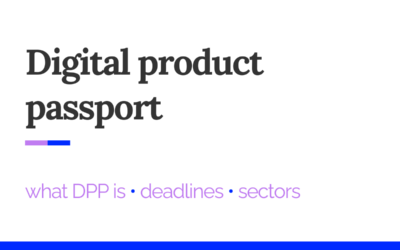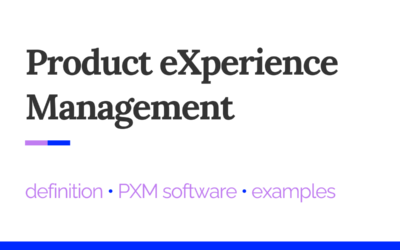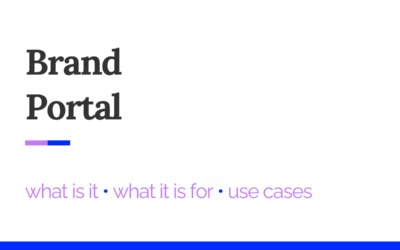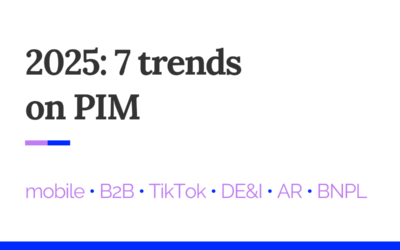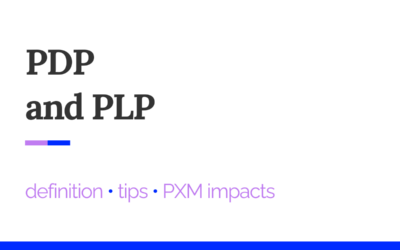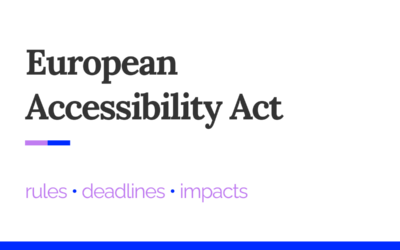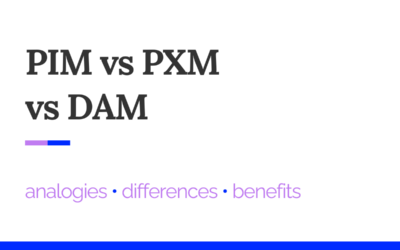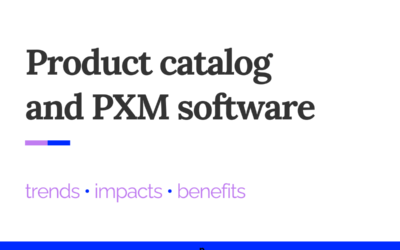SEECOMMERCE BLOG
Digital Asset Management (DAM): what it is and when it is needed
What does the acronym DAM (Digital Asset Management) stand for? What does it mean to manage digital assets? How can a DAM software platform make a...
Digital Product Passport: the EU regulation explained easy
Between now and 2030, the EU ESPR Regulation will come into force, which, among other measures, includes the Digital Product Passport (or DPP). What...
Product eXperience Management: what is PXM?
In the next few lines we will delve into the concept of Product eXperience Management; we will dissolve the PXM acronym, explaining what is meant by...
Brand Portal: what it is, what it is for, and 4 examples
In this article we will shed light on the definition of Portal Brand, clarifying what it is, what it is for, how it works, what benefits it...
2025: 7 trends on Product Information Management
In the next eleven months, the global value of online sales will touch $7 trillion (Statista). In the face of this growth, what purchasing trends...
PDP and PLP: what are Product Detail and Product Listing Page
In online shopping, PDPs and PLPs are essential elements. In this article, you will discover the meaning of Product Detail Page and Product Listing...
Accessibility Act 2025, e-commerce: what changes?
European Accessibility Act, the timetable speaks for itself: as of June 28, 2025, IT products and services will have to comply with various...
PIM vs PXM vs DAM: what are the differences?
PIM vs PXM, DAM vs PIM and then again PXM vs DAM: what are the differences between these software? Are there also similarities between them? The...
Product Information Management: what is PIM?
Hey there! In this article you will find an overview of the world of Product Information Management. You'll find out what the acronym PIM stands...
Product catalog: 7 issues solved by a PXM
The product catalog is a tool that is as essential to selling as it is onerous to produce and update, especially for businesses that sell online. A...

